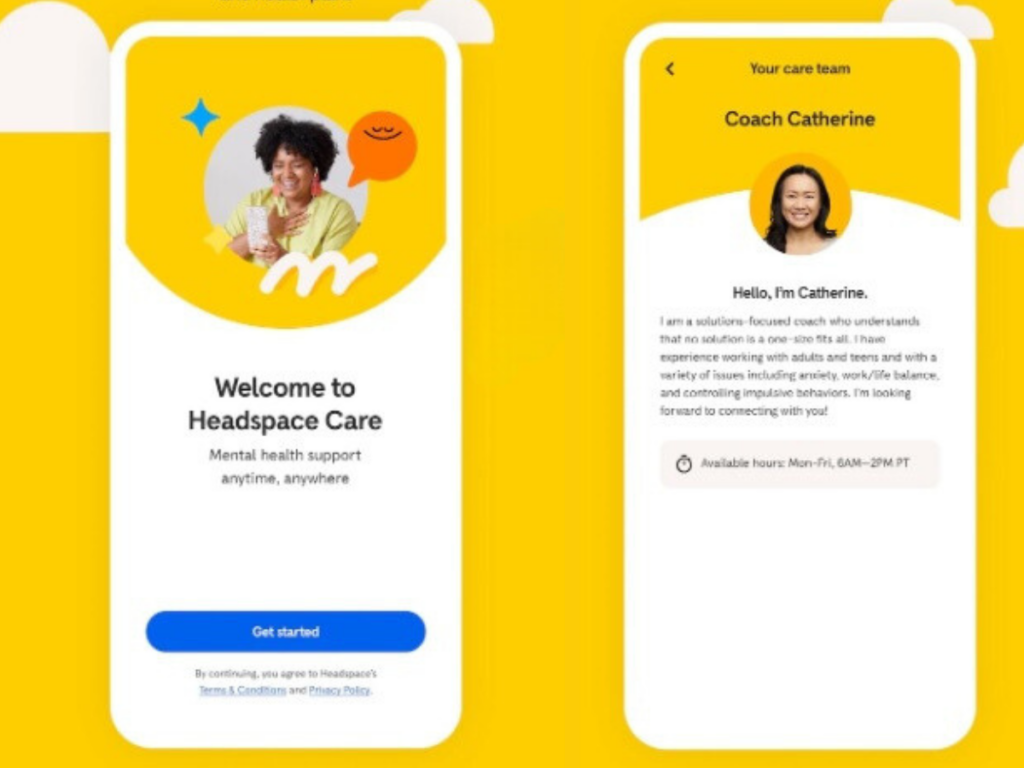
Suicide Prevention Awareness Month is nationally recognized each September. Penn State World Campus Mental Health Case Manager Michelle Henry has answered some important questions that may affect students surrounding this topic and the stigma of mental health.
In your experience, what is the biggest myth about mental health or suicide?
Many people believe that asking someone if they are OK or if they are having thoughts of self-harm will lead them to those thoughts and actions. This is a big myth. Evidence consistently shows that asking questions directly promotes care and comfort and leads people to help that they may not receive otherwise.
How does the stigma surrounding mental health impact students?
Behavioral health difficulties such as depression, substance abuse, and traumatic experiences are significant factors when it pertains to thoughts and acts of self-harm. These factors are influenced by and conversely influence other core life factors such as finance, occupation, spirituality, environment, intellect, and social and physical health. Many Penn State World Campus students are trying to balance several, if not all, of these life factors, which are highly challenging and can be impactful to their education. Reducing the stigma of mental health and encouraging those in need to seek help can be crucial.
How can students help stop the stigma surrounding mental health?
The key to eliminating this stigma is through awareness and education. Informed and open conversations can promote comfort and care. Normalizing mental health matters and stressing that seeking help for mental health concerns is no different than seeking support for any other challenges, like physical health conditions, are essential in the process of de-stigmatization.
- Getting involved in suicide prevention efforts, such as the Out of the Darkness Walk that the American Foundation for Suicide Prevention (AFSP) administrates annually in thousands of communities nationally, is a great start.
- Educating yourself and others to identify the warning signs that someone may be having thoughts of or intent to self-harm is another great step. The QPR Institute and Mental Health First Aid are great sites for training or materials that offer education and awareness.
- Sharing stories of how suicide has impacted your life directly or indirectly is another powerful step toward open conversations and stigma reduction.
Where can people turn if they want to find more information?
Penn State World Campus Student Affairs and Mental Health and Well-Being Services share numerous resources and helpful information on their websites. You can schedule a meeting with a Penn State World Campus Mental Health Case Manager online using WCCMforms as the passcode.
The organizations below also provide valuable resources on this topic:
- The Substance Abuse and Mental Health Services Administration (SAMHSA) is an authority on this topic and has an abundance of information and materials available on its website.
- The National Alliance on Mental Illness (NAMI) further supports education and awareness efforts, especially from the perspective of a loved one.
What advice do you want to leave students with today?
It is OK to ask for help and it is OK to ask someone if they are OK or in need of help. Additionally, remember the importance of self-care, access to services, and connecting to at least one supportive resource, which could include:
- Penn State Crisis Line
- Call 1-877-229-6400
- Text “LIONS” to 988
- National Suicide Prevention Line
- Call or text: 988 or 1-800-273-8255 (TALK)
- Chat at 988lifeline.org
- Penn State World Campus Mental Health Case Management Services
Other helpful resources
- Support Your Health and Wellness with These Student Services — this blog post reviews some of the wellness services available to Penn State students.
- Frequently Asked Questions about Suicide — this resource from the National Institute of Mental Health provides answers to common questions related to suicide.



